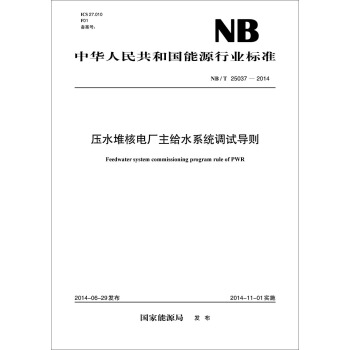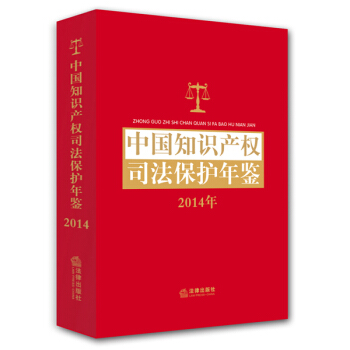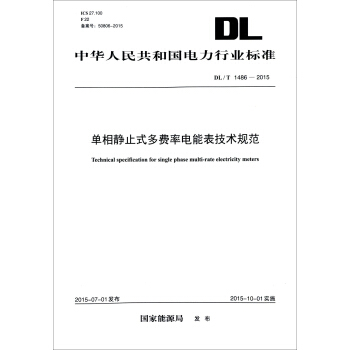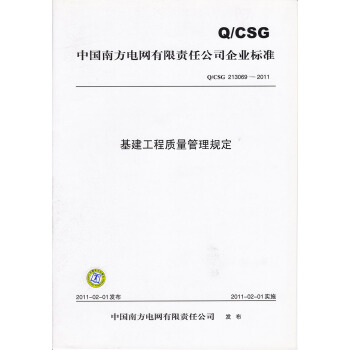![传感材料与传感技术丛书·化学传感器:仿真与建模(第3卷·固态设备 下册 影印版) [Chemical Sensors:Simulation and Modeling. Volume3:Solid-State Devices]](https://pic.tinynews.org/11649849/54ddcf3dN5930d29f.jpg)

具体描述
内容简介
This is the third of a new five-volume comprehensive reference work that provides computer simulation and modeling techniques in various fields of chemical sensing and the important applications for chemical sensing such as bulk and surface diffusion, adsorption, surface reactions, sintering, conductivity, mass transport, and interphase interactions.作者简介
Ghenadii Korotcenkov, received his Ph.D. in Physics and Technology of Semiconductor Materials and Devices in 1976, and his Habilitate Degree (Dr.Sci.) in Physics and Mathematics of Semiconductors and Dielectrics in 1990. For a long time he was a leader of the scientific Gas Sensor Group and manager of various national and international scientific and engineering projects carried out in the Laboratory of Micro- and Optoelectronics, Technical University of Moldova. Currently, Dr. Korotcenkov is a research professor at the Gwangju Institute of Science and Technology, Republic of Korea.Specialists from the former Soviet Union know Dr. Korotcenkov's research results in the field of study of Schottky barriers, MOS structures, native oxides, and photoreceivers based on Group IIIH-V compounds very well. His current research interests include materials science and surface science, focused on nanostructured metal oxides and solid-state gas sensor design. Dr. Korotcenkov is the author or editor of 11 books and special issues, 11 invited review papers, 17 book chapters, and more than 190 peer-reviewed articles. He holds 18 patents, and he has presented more than 200 reports at national and international conferences.
Dr. Korotcenkov's research activities have been honored by an Award of the Supreme Council of Science and Advanced Technology of the Republic of Moldova (2004), The Prize of the Presidents of the Ukrainian, Belarus, and Moldovan Academies of Sciences (2003), Senior Research Excellence Awards from the Technical University of Moldova (2001, 2003, 2005), a fellowship from the International Research Exchange Board (1998), and the National Youth Prize of the Republic of Moldova (1980), among others.
内页插图
目录
PREFACEABOUT THE EDITOR
CONTRIBUTORS
6 MODELING AND SIGNAL PROCESSING STRATEGIES FOR MICROACOUSTIC
CHEMICAL SENSORS
1 Sensing Principles of Microacoustic Chemical Sensors
1.1 Introduction
1.2 Microacoustic Chemical Sensors
2 Simulation and Modeling of Acoustic Wave Propagation, Excitation, and Detection
2.1 Analytical Solution to the Undisturbed Wave Propagation Problem
2.2 Analytical Solution to the Wave Excitation and Detection Problem
2.3 Finite-Element Method
2.4 Equivalent-Circuit Models
3 Sensor Steady-State Response
3.1 Perturbation Approaches
3.2 Temperature Effects
4 Sensor Dynamics
4.1 Linear Model
4.2 State-Space Description
5 Sensor Signal Processing
5.1 Suppression of Temperature Effects
5.2 Signal Processing Based on Linear Analytical Model
5.3 Wiener Deconvolution
5.4 Kalman Filter
5.5 Discussion of State-Space-Based Signal Processing
6 Summary
7 Nomenclature
References
7 HIERARCHICAL SIMULATION OF CARBON NANOTUBE ARRAY-BASED CHEMICAL SENSORS WITH ACOUSTIC PICKUP
1 Introduction
2 Simulation Levels of Nanodesign
3 Prototype of Hierarchical Simulation System for Nanodesign
4 Continual Simulation of SAW Propagation in a Layered Medium
5 Structure of Carbon Nanotubes and Adsoption Properties of CNT Arrays
5.1 Atomic Structure of Single- and Multiwalled Nanotubes
5.2 Quantum Mechanical Study of the Adsorption of Simple Gases on Carbon Nanotubes
5.3 Molecular Mechanics of Physical Adsorption of the Individual Molecules on the CNT
6 Simulation of a Carbon Nanotube Array-Based Chemical Sensor with an Acoustic Pickup
6.1 Molecular Dynamics Calculation of the Elastic Moduli of Individual Carbon Nanotubes
6.2 Molecular Dynamics Study of Distribution of Adsorbed Molecules in CNT Array Pores and Calculation of Acoustic Parameters of CNT Arrays
6.3 SAW Phase Velocity Change Due to Molecular Adsorption on CNT Arravs in SAW-Based Chemical Sensors
7 Conclusion
References
8 MICROCANTILEVER-BASED CHEMICAL SENSORS
9 MODELING OF MICROMACHINED THERMOELECTRIC GAS SENSORS
10 MODELING SIMULATION, AND INFORMATION PROCESSING FOR DEVELOPMENT OF A POLYMERIC ELECTRONIC NOSE SYSTEM
前言/序言
用户评价
从结构上看,这套丛书的第三卷专注于“固态设备”,这正是我目前研究的重点。我关注的焦点在于如何精确量化材料在应力、温度变化下的物理响应,并将其转化为电信号。很多时候,我们对这些物理量的耦合效应理解不够深入,导致仿真结果与实验数据存在较大偏差。这本书如果能提供一套系统的、多物理场耦合的建模方法论,那就非常有帮助了。我希望能看到关于如何处理复杂的几何结构和边界条件的详细讲解,比如如何有效地划分网格,以及如何选择合适的本构方程来描述材料的非线性行为。对于固态器件的可靠性评估而言,精确的仿真至关重要,它能帮助我们避免在错误的方向上投入大量的实验资源。我对它能提供的深入见解抱有很高的期望。
评分作为一名偏向于应用开发的工程师,我更看重的是如何将理论模型快速地应用于实际产品的优化上。这本书的标题里提到了“仿真与建模”,这对我来说意味着我可以利用这些工具来预测不同工作温度、湿度条件下的器件漂移和老化问题。固态传感器的稳定性一直是工业界的心头大患,一个好的模型应该能帮我们提前预警这些潜在的失效模式。我尤其希望看到书中对噪声分析和信号处理的讨论,因为在实际应用中,低信噪比往往是决定产品成败的关键因素之一。如果能学到如何通过优化材料的微观结构来降低本征噪声,或者如何利用模型来设计更有效的滤波算法,那这本书的价值就无可估量了。我期待的不是一个高深的纯理论书籍,而是一本能让我“动手”起来,解决实际工程难题的指南。
评分拿到这本书的时候,我首先被它的厚度给震慑住了,感觉手里捧着的不只是一本书,简直是一本工具箱。我主要关注的是那些关于界面效应和电荷传输机制的章节。现在的气体传感器研究,很多瓶颈都卡在如何精确理解和控制材料与待测物之间的相互作用上。如果这本书里能提供一些关于如何建立精确的量子力学模型来描述吸附过程,进而影响电学特性的方法,那对我接下来的研究方向将是巨大的启发。我特别想看看它在处理异质结结构时的仿真技巧,因为我们知道,很多高性能的传感器都是依赖于精心设计的界面结构来实现更高的灵敏度和选择性。仿真和建模的能力,说到底,就是将设计意图转化为可预测结果的能力,这比纯粹的实验探索要高效得多。希望它能有详尽的步骤解析,哪怕是针对某个特定材料体系的案例分析,都会非常有价值。
评分这本书的封面设计倒是挺抓人眼球的,那种深邃的蓝色调配上简洁的字体,让人一眼就觉得内容肯定不简单。我一直对新兴的材料科学和它们在实际应用中的潜力抱有浓厚的兴趣,特别是涉及到如何将微观世界的物理或化学变化转化为可测量的电信号。这本书的排版和插图看起来也很专业,虽然我还没深入阅读,但光是目录那一瞥,就感觉到作者在结构组织上的用心。特别是关于如何用理论模型来预测和优化传感器性能的部分,这正是当前很多研究中非常欠缺的一环。很多时候我们做实验只能靠“试错”,如果能有一个扎实的理论模型作为指导,那效率提升可就不是一点半点了。我期待这本书能在这方面提供一些具体的、可操作的指导,而不是仅仅停留在概念层面。我记得我以前读过几本相关的综述,它们大多是概念性的描述,缺乏深入的数学推导和实际的仿真案例,希望这本能填补这个空白,让我能够更好地理解固态器件的工作机理。
评分这本书的影印版性质,让我对印刷质量和图表清晰度略微有些担忧,不过既然是经典丛书,想必质量不会太差。我更感兴趣的是它对新型传感机制的探讨,比如基于二维材料或者量子点阵列的场效应晶体管(FET)型传感器。这些新兴领域的发展速度极快,标准的教科书往往更新不及时。如果这本书能够涵盖一些最新的仿真方法论,比如如何将机器学习的概念融入到参数辨识和模型修正中,那就太棒了。毕竟,固态传感器的材料参数非常敏感,依赖于固定参数的经典模型越来越难以应对复杂多变的真实环境。我希望能从中找到一些关于如何构建自适应、高鲁棒性模型的思路和框架,这样我的研究才能跟得上技术前沿的步伐。
相关图书
本站所有内容均为互联网搜索引擎提供的公开搜索信息,本站不存储任何数据与内容,任何内容与数据均与本站无关,如有需要请联系相关搜索引擎包括但不限于百度,google,bing,sogou 等
© 2025 book.tinynews.org All Rights Reserved. 静思书屋 版权所有

![传感材料与传感技术丛书·化学传感器:仿真与建模(第3卷·固态设备 上册 影印版) [Chemical Sensors:Simulation and Modeling. Volume 3:Solid-State Devices] pdf epub mobi 电子书 下载](https://pic.tinynews.org/11649855/54ddcf3eNadb8fd95.jpg)
![中华人民共和国国家标准(GB 51010-2014):铝电解系列不停电停开槽设计规范 [Code for Design of Shutting Down/Restarting Aluminum Reduction Cells Without Power Interruption] pdf epub mobi 电子书 下载](https://pic.tinynews.org/11660805/5507faf2N614b8531.jpg)
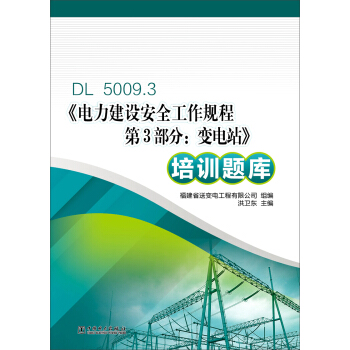
![中华人民共和国电力行业标准:压阻式渗压计(DL/T1335-2014) [Piezoresistive presure] pdf epub mobi 电子书 下载](https://pic.tinynews.org/11671942/551d0dfeN50b64d03.jpg)
![中华人民共和国能源行业标准:核电厂汽轮机转子寿命评估导则(NB/T25030-2014) [Guideline of life assessment for steam turbine rotor of units in nuclear power plant] pdf epub mobi 电子书 下载](https://pic.tinynews.org/11671948/551d0dfeN833d4215.jpg)
![110(66)kV~750kV智能变电站通用二次设备技术条件及接口规范(第1部分:站控层及公用设备Q/GDW11072.1-2013 ) [Secondary equipment general technical specification 110(66)kV~750kV smart substation Part 1:Station level devices] pdf epub mobi 电子书 下载](https://pic.tinynews.org/11671949/551d0dfeNb8549d1a.jpg)
![中华人民共和国能源行业标准:核电厂汽轮机转子焊接修复技术导则(NB/T25028-2014) [The guidelines for welding repair of steam turbine rotors in nuclear power station] pdf epub mobi 电子书 下载](https://pic.tinynews.org/11671955/551d0dfeNef4b42b1.jpg)
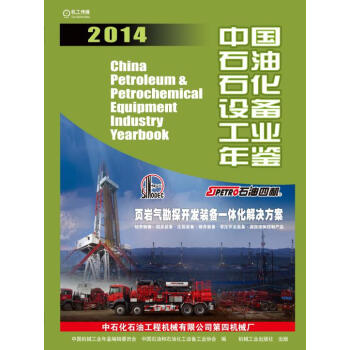
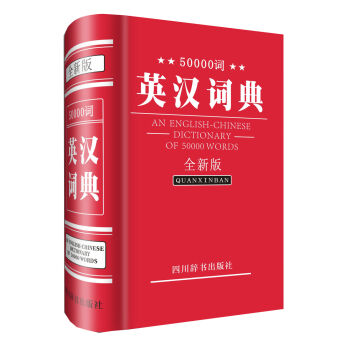

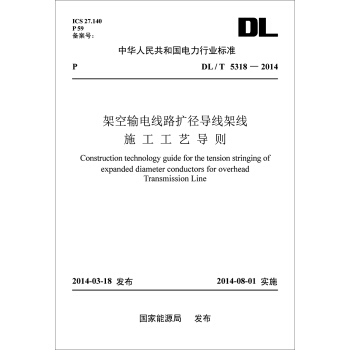
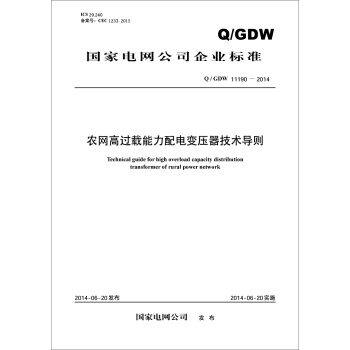
![中华人民共和国电力行业标准:滚轴筛(DL/T1374-2014) [Roller screen] pdf epub mobi 电子书 下载](https://pic.tinynews.org/11686185/554c8388Nbec8974f.jpg)


